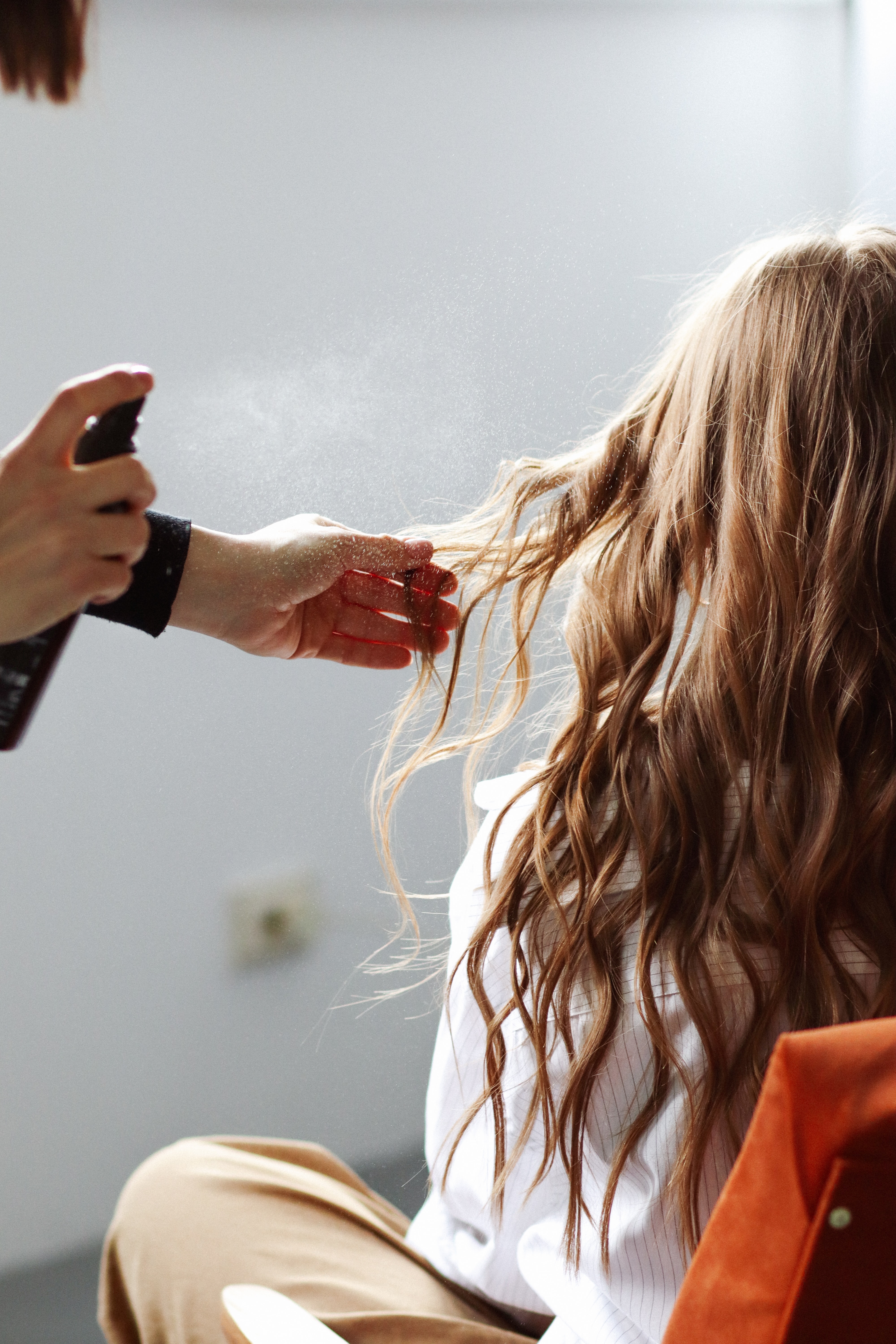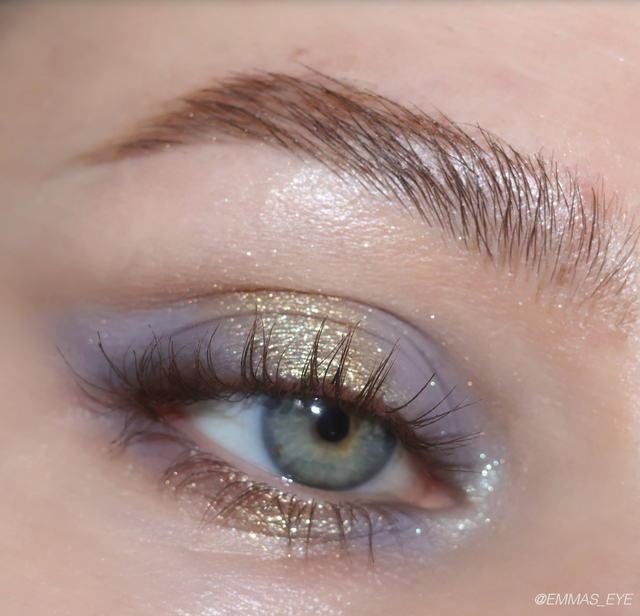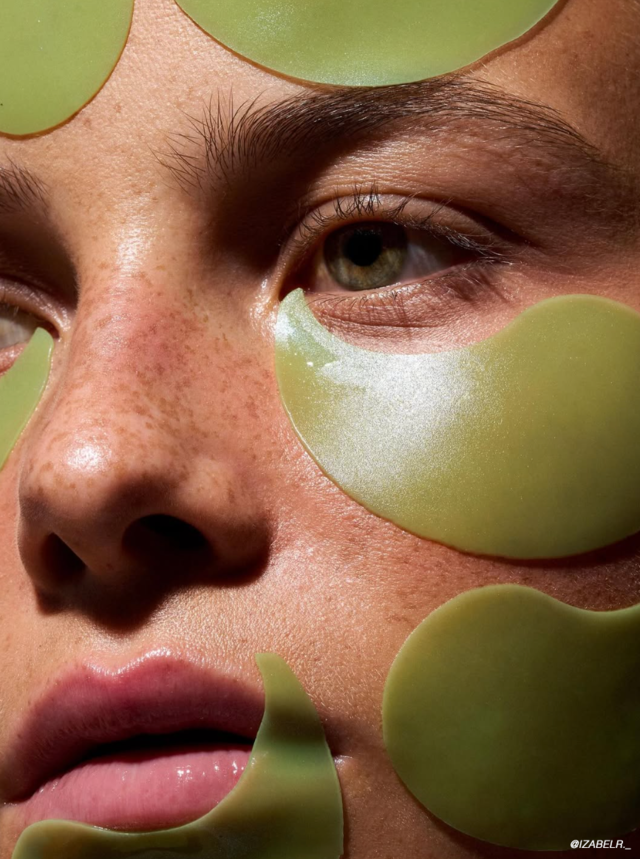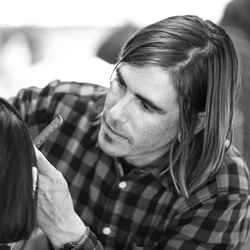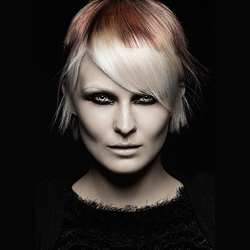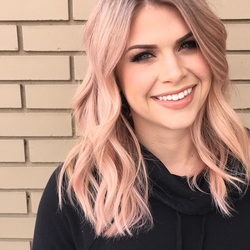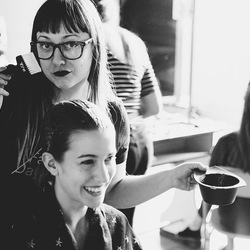The global coronavirus pandemic has affected every industry, but the hair industry has been hit particularly hard. Historically, salons and barbershops have been able to weather national and global crises fairly well; even during the 2008 recession, which caused the loss of 2.6 million jobs, salons across the U.S. actually saw an uptick in business. But this is an unprecedented situation, and the future of the hair industry as a whole is unclear. One thing that’s certain is the industry is bound to change, likely for good.
As certain states prepare to reopen, salons, barbershops, and stylists are forced to walk a fine line between generating income and protecting the health, safety, and well-being of their employees, clients, and community. It’s a delicate balance and one that salons in states like Georgia, where hair salons and barbershops have been allowed to reopen, are taking seriously.
Things look different than they did pre-pandemic as salons are developing plans for reopening, they are looking for ways that allow staff to return to work while also ensuring their safety and the well-being of their clients. Many salons are operating at 50 percent capacity and stylists’ stations are spaced out at a distance of at least six feet in order to comply with recommended social distancing guidelines. Customers who are waiting for their scheduled appointment are asked to wait outside and, before entering the salon, they have their temperatures checked. Inside, they must wear face coverings, while stylists wear both face masks and plastic face shields. Clients are not allowed to bring handbags or other items—save a phone and a form of payment—into the salon. Even the services offered have been affected; some salons are currently not offering blow drying in an effort to avoid excessive, unnecessary airflow, which can contribute to the spread of respiratory droplets (which are known to transmit COVID-19) and other germs.
While these restrictions are not easy, they are essential. Many have closely watched Georgia’s reopening with both interest and fear; some have even criticized the state for opening too soon, despite health officials’ warnings. But others have looked to Georgia as an example of how the hair industry can begin to get back on its feet—and what the future holds.
While the industry may never be quite the same, if there’s one thing we know to be true, it’s that this particular community knows how to adapt and innovate. Even as COVID-19 forced the closure of salons and barbershops across the country, industry leaders and beloved brands like Keune, Wella, Redken, KEVIN.MURPHY, and Sam Villa, immediately began offering online educational courses and training sessions to allow stylists and colorists to come together and stay connected. Now, as more and more states ease stay-at-home restrictions and more salons begin planning to reopen, that same spirit of connectivity and innovation is critical.
The hair industry may not be deemed “essential,” but it is an essential aspect of self-care for countless people. The industry has always been about supporting others’ well-being; now is no different.
We’re bound to see many aspects of the industry change, post-pandemic. Most agree that things aren’t going to return to “normal” any time soon and, even when it’s safe to ease some or most restrictions, the new “normal” is likely to look a lot different. Face masks could become a permanent fixture in salons, and we could even see services change. At-home consultations via FaceTime or Zoom, express color and at-home rinses, fewer blow-drys after cuts—all of these could become new industry standards. For salons, stylists, and clients alike, it’s all about finding a balance between self-care and safety.
One thing we know for sure: the future may be uncertain, but the spirit of innovation that has always defined the hair industry will persist. The hair industry won’t just survive; it will thrive.
